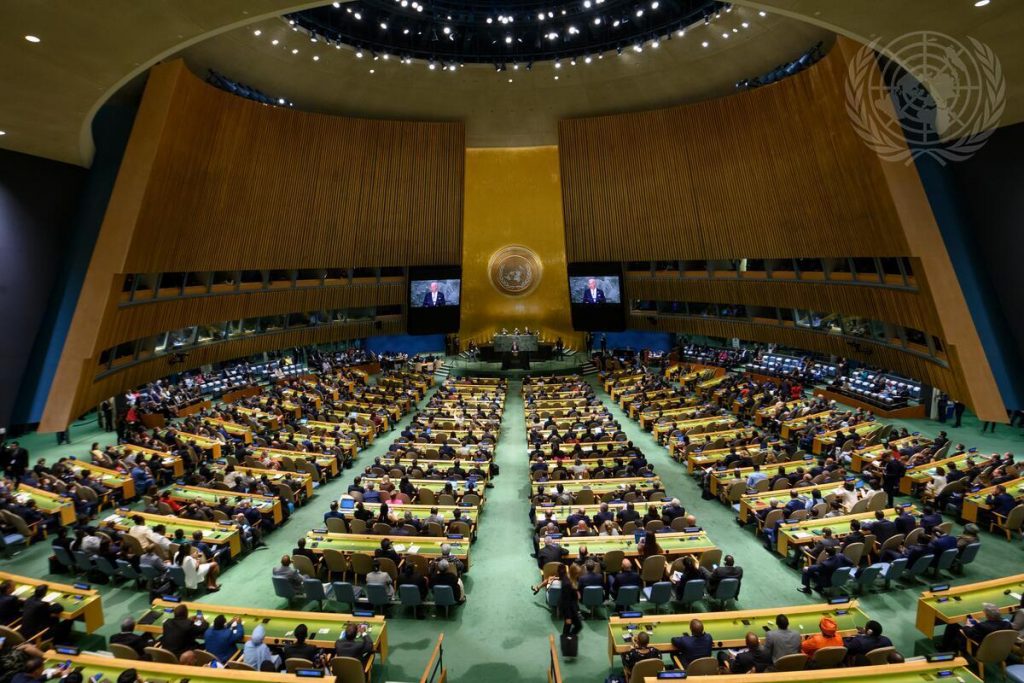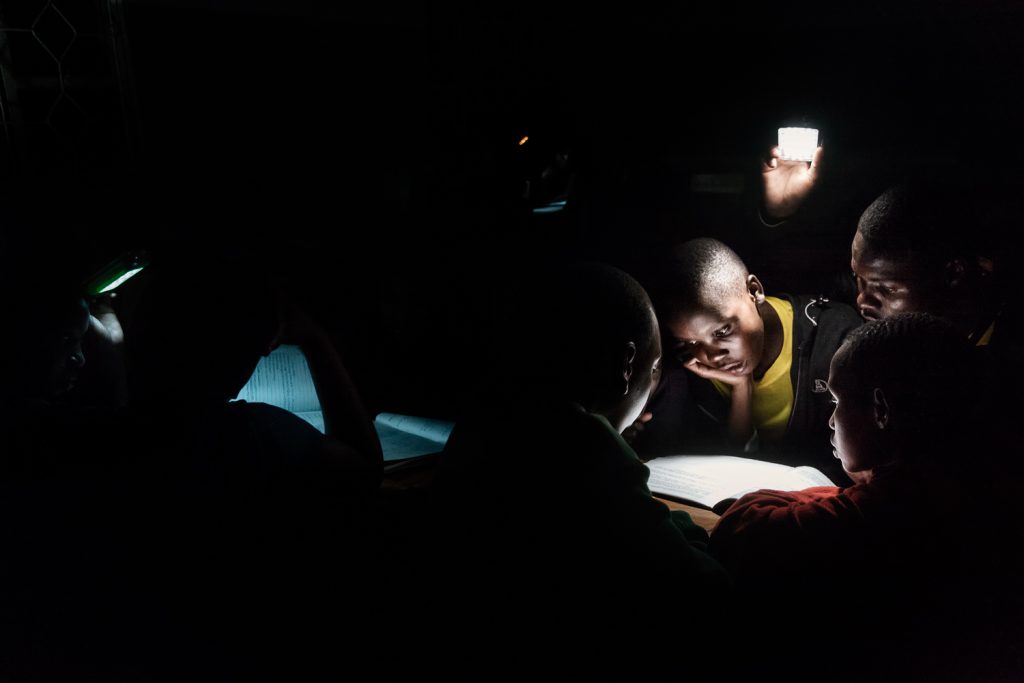
Flood and drought: Two sides of the same coin
From mid-June to the end of August 2022, Pakistan experienced record-breaking rainfall which led to unprecedented flooding in much of the country. This came off the back of a deadly heatwave just months before with peak temperatures above 50 degrees Celsius. What do these seemingly contrasting events have in common? “Extreme event attribution” helps scientists identify if there are human fingerprints on these extreme events.











